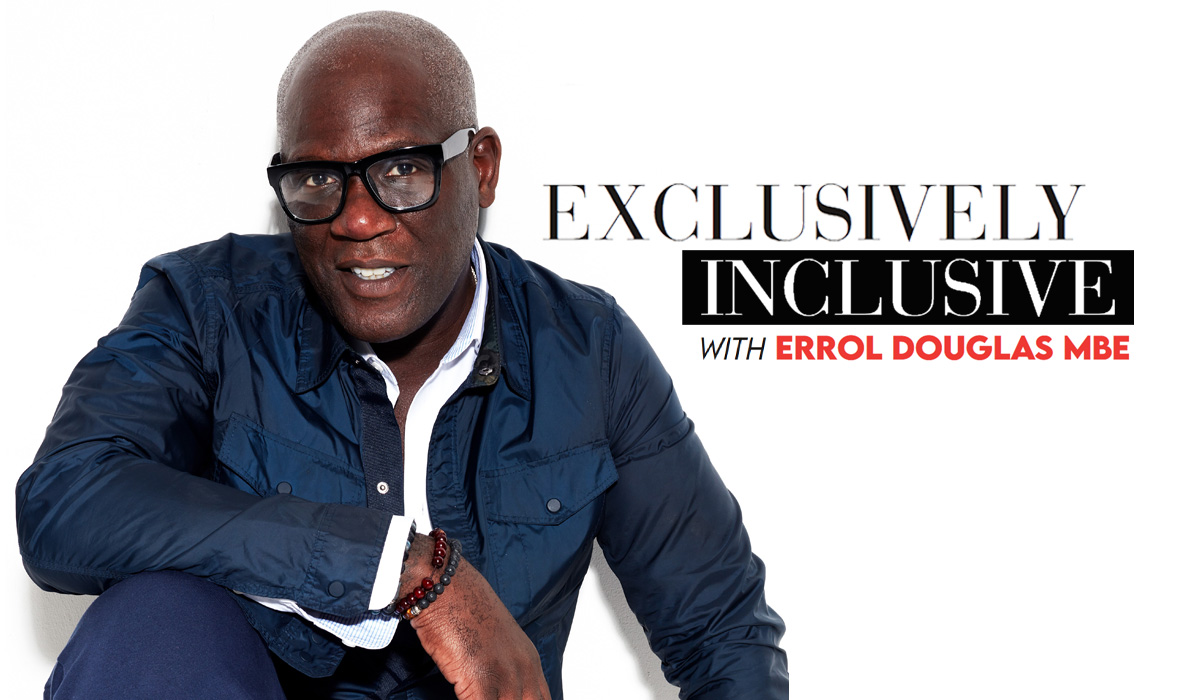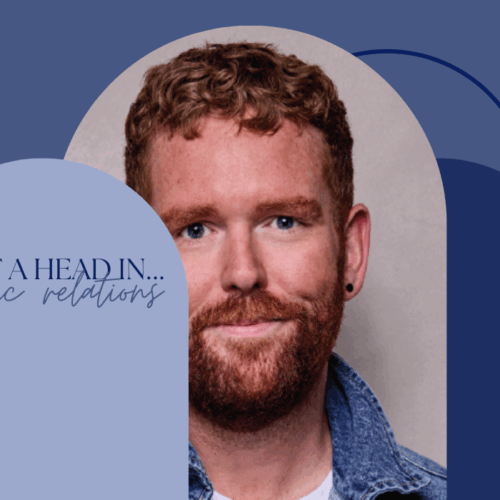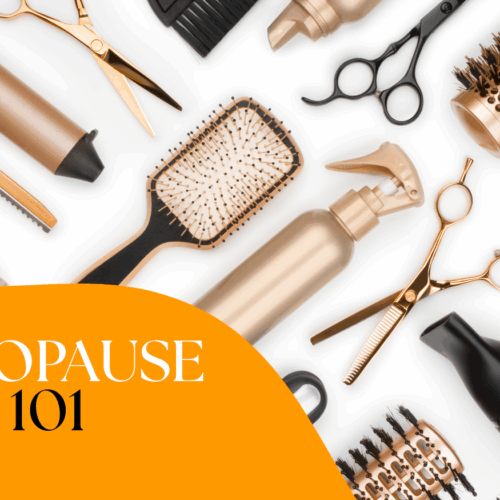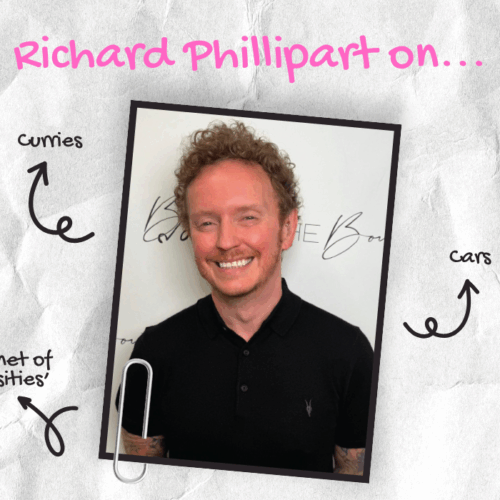Errol Douglas MBE has made a name for himself as the ultimate all-rounder in hairdressing. With equality, diversity and inclusivity high on his agenda, we want to find out what it takes to achieve a truly inclusive salon. In his exclusive series, Errol interviews hair industry heroes about their stance on inclusivity.
This issue, Errol chats to Lisa Farrall. Lisa is a multi award-winning session stylist, hair designer and educator. She’s worked with some of the world’s biggest music artists and gained plaudits globally for her mission to champion texture neutrality. Through her academy, agency, salon and shop, Lisa is driving a new narrative on hair equality for all.
Hi LiSA, THANKS FOR CHATTiNG TO ME TODAY, I REALLY BELiEVE YOU ARE ONE OF THE MAiN VOiCES iN OUR iNDUSTRY SPREADiNG THE MESSAGE OF TEXTURE EQUALiTY RiGHT NOW. WHAT DOES THE TERM iNCLUSiViTY MEAN TO YOU?
As you know, my brand is all about inclusivity and equality. It’s about judging people on who they are, rather than what they look like. For me, inclusivity is about every single human being, no matter the skin colour, hair texture, hair type or gender.
IS THERE ENOUGH OF A SPOTLiGHT ON THESE CONVERSATiONS iN THE HAiRDRESSiNG iNDUSTRY?
I don’t think so. I think there’s a caution around it because people don’t want to say the wrong thing. It’s not necessarily coming from a bad place, and I do think most hairdressers want to make anyone who walks through their doors feel valued and empowered, but sometimes there’s a little bit of confusion around what terminology to use and where to get education because of not wanting to offend anyone. There are also certain things that come up in the media – we saw this with Black Lives Matter – where everyone gets on it and becomes dedicated to making sure their hair salon caters to every single person, but then it fades away again. This conversation needs to be brought back in, not just because it’s topical but because it’s vital. We need more consistency.
WHAT DREW YOU TO THiS PARTiCULAR AREA OF HAiRDRESSiNG?
My thing has always been about wanting anyone to come to me, sit in my chair and like the service I give them – I’ve never wanted to turn anyone away. I was very aware of this right from the age of 15 when I was first working in a salon, so I chose to educate myself. I went and worked in an Afro Caribbean hair salon, where I earned my stripes. I didn’t decide it on a whim, I live that life. The women that taught me – strong, black women – said, “You know what you can do to pay us back? Carry on this message, speak about equality.” That was 20 years ago, and I’ve still got the receipts! (laughs).
WHO WERE YOUR ROLE MODELS WHEN ADVANCiNG THROUGH THE HAiR iNDUSTRY?
Whilst I was studying, I met Marie, who was a lecturer at Birmingham University. Marie said to me, “if you really want to learn how to do afro hair, come and work in my salon.” And I did. When I started off, no one would sit in my chair, but I worked my way up and I earned my place. Aside from Marie, other people I look up to would be the likes of Guido and Robert Lobetta – they have both broken so many boundaries.
WHO ARE THE OTHER PEOPLE YOU’D SAY ARE PROJECTiNG THE RiGHT KiND OF MESSAGES ABOUT iNCLUSiViTY RiGHT NOW?
More brands are definitely waking up and putting the right kind of imagery out there. As a session stylist myself, I tend to have a say in the casting, so when I’m doing creative direction for brands or magazines, I use my responsibility to make sure that the casting is diverse. The only way we’re going to see these positive messages come through is by ensuring every child can see themselves on a poster, no matter their colour, size, gender or hair texture.
HOW MUCH OF A PART DOES EDUCATiON PLAY iN THE QUEST FOR iNCLUSiViTY?
Education is so important, but you need to team that up with experience as well. So rather than doing a course and thinking, ‘okay, I’ve ticked that box’, you need to be implementing it. Maybe you offer textured clients to come in for a reduced rate on Sundays, or you put a sign in the window asking for models. You’ve got to be doing it to be able to be confident in it, and education gives you these tools to go out and be confident. I know the NVQ standard has been a huge topic for the past couple of years, and a lot of that comes from the educators. If we’ve got education in a syllabus, but the teachers don’t know how to teach it, then bring in specialists – there’s plenty of them! So, it’s about putting people in spaces that they are adequate to teach in.
WHAT’S YOUR BEST ADViCE TO OTHER SALON OWNERS WANTiNG TO OFFER A TRULY DiVERSE AND iNCLUSiVE SERViCE?
I would say just go for it. I am living proof that you can be from anywhere and achieve anything. I’m from a little town up north and I was always told not to do textured hair, but I was adamant and I was fearless. No hairstylist wants the anxiety and the sweaty palms of thinking ‘I’m going to just risk it and see what happens!’ If you’ve got an ego (which most of us have!) you don’t want to say, “I can’t”. You need to be honest with your clients and say, “you know what, we don’t specialise in texture YET, but I am working on it and if you’re willing to come on this journey with me and we can be open, honest and transparent with each other, sit in my chair, I’d love to have you.”
WHAT DOES ‘NORMAL’ HAiR MEAN THESE DAYS? WOULD YOU AGREE THAT iT’S AN OUTDATED TERM?
I’ve never known anything normal in my entire life! I think the term is very subjective – it’s different for every single person. We have to look at our terminology and rework it, reinforcing positive words. We’ve been using the words frizz and frizzy for so long in a negative way to sell products, but textured hair naturally has frizz and it’s beautiful. There are so many different negatives that we’ve reinforced with words, so it’s just about taking the power and positivity back. F*ck normal!
WHAT’S THE BEST TECHNiCAL TiP YOU COULD GiVE ANYONE REGARDiNG TYPE 4 HAiR?
Don’t be afraid to communicate with your client and always set out boundaries. Don’t just go in and start messing around with someone’s hair. Always ask permission to touch, and don’t be afraid to have an open and honest conversation.
TELL ME MORE ABOUT YOUR SPACE, WIG LONDON.
I launched WIG London in 2016 and it has always been a baby of mine. It’s a texture neutral education service that teaches individuals and salons to do every single hair type. I’d been working in session full time, and I was guest spotting too, so I built up a team of about 15 and we would go around to salons and teach. We would teach everything, not just texture, but this was where we found the biggest gap. In the end, we kind of became the go-to texture people. It grew from there and organically built into this team – a collective really – where no one owns anyone. It’s about sharing knowledge and education. At the beginning of this year, I decided to take WIG London to the next level and launched a physical space. It’s a co-working space for stylists to come in and guest spot. There’s no membership fee and anyone’s welcome to come to the club, but brands can also hire out the entire space to come and teach their own education.
WHAT iS THE ONE THiNG EVERY HAiRDRESSER SHOULD DO TO EDUCATE THEMSELVES ON TEXTURED HAiR?
Read a book. There’s so much education out there that it can become overwhelming. We’ve got TikTok, Instagram, Google and so much information and overstimulating stuff on the internet. There’s no reason not to look, but just remember that social media gives you a snippet. To get full in-depth knowledge, jump in with both feet, learn and see your confidence grow.
For previous instalments, click here





